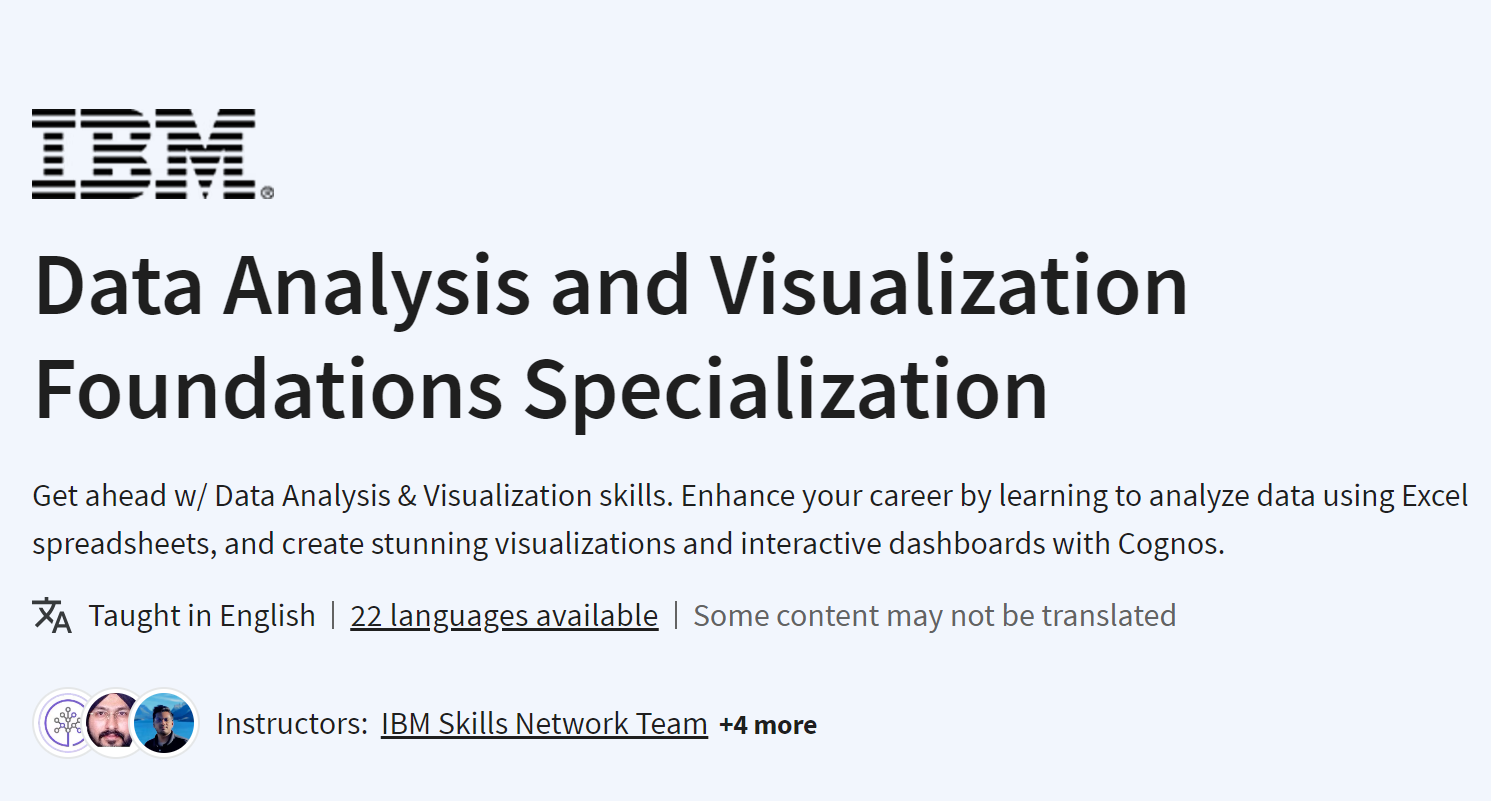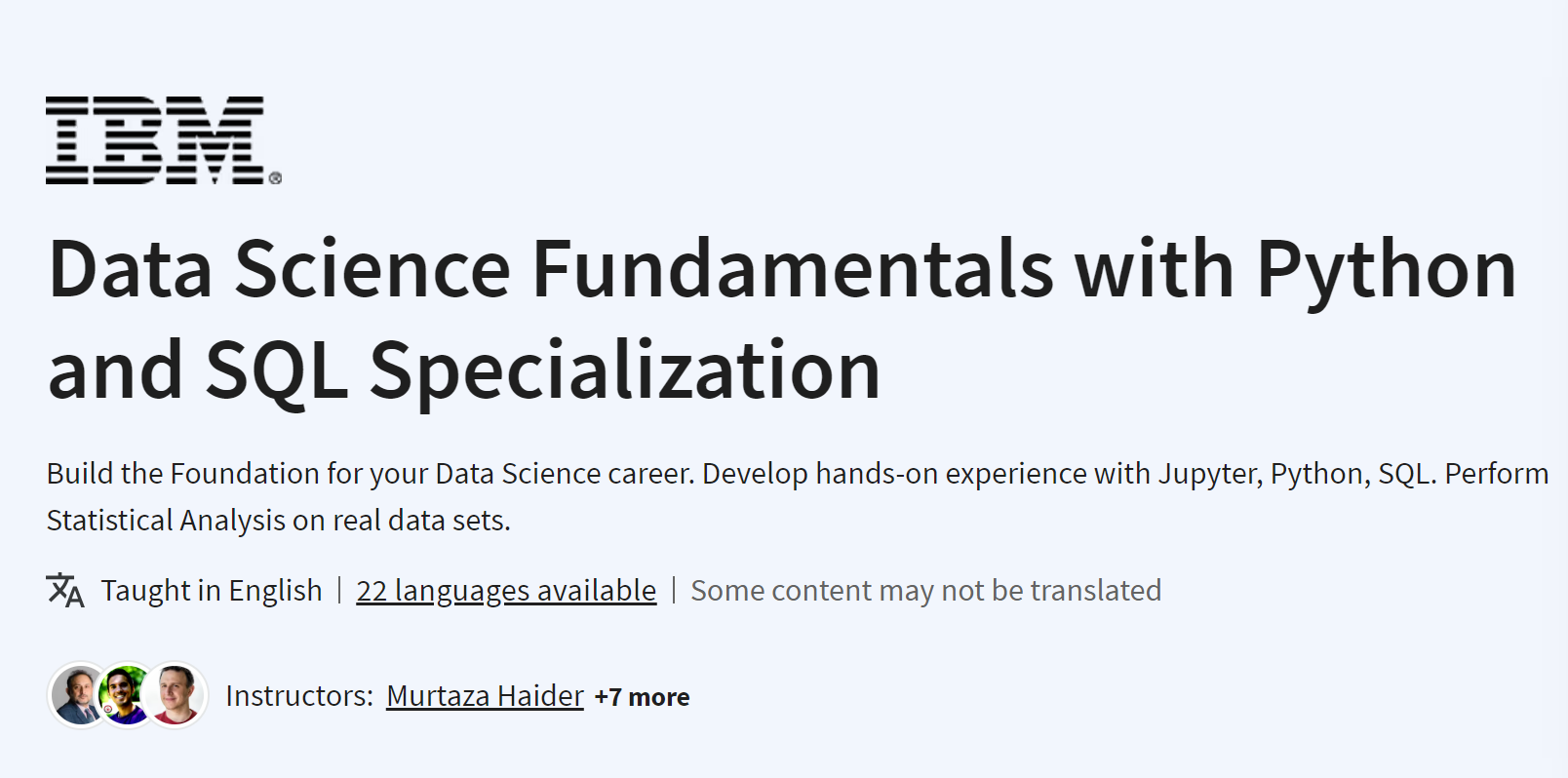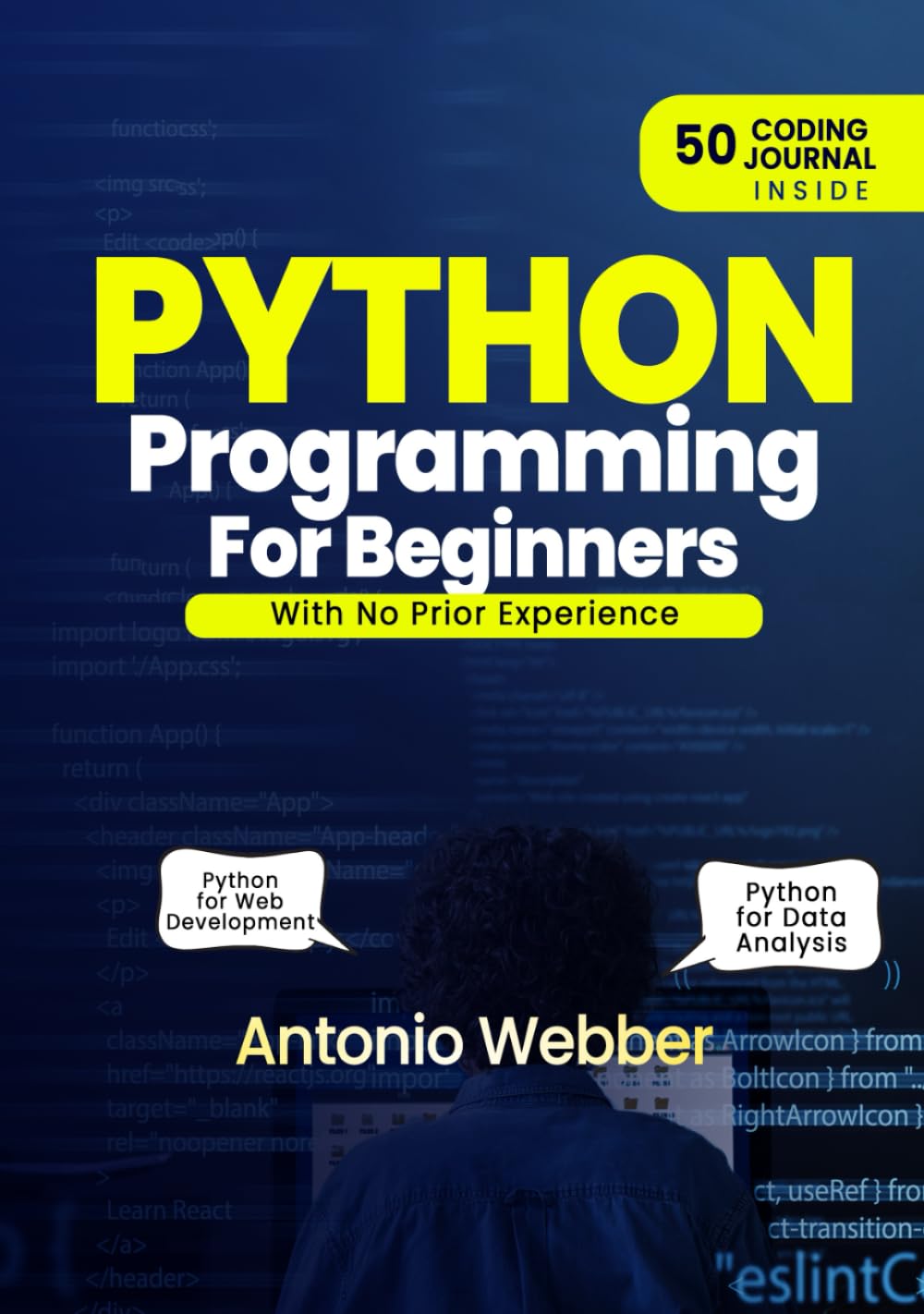Example 1: Basic Syntax
# Regular function
def add(x, y):
return x + y
# Equivalent lambda function
lambda_add = lambda x, y: x + y
# Using both functions
result_regular = add(3, 5)
result_lambda = lambda_add(3, 5)
print("Result (Regular Function):", result_regular)
print("Result (Lambda Function):", result_lambda)
#clcoding.com
Result (Regular Function): 8
Result (Lambda Function): 8
Example 2: Sorting with Lambda
# List of tuples
students = [("Alice", 25), ("Bob", 30), ("Charlie", 22)]
# Sort by age using a lambda function
sorted_students = sorted(students, key=lambda student: student[1])
print("Sorted Students by Age:", sorted_students)
#clcoding.com
Sorted Students by Age: [('Charlie', 22), ('Alice', 25), ('Bob', 30)]
Example 3: Filtering with Lambda
# List of numbers
numbers = [1, 2, 3, 4, 5, 6, 7, 8, 9]
# Filter even numbers using a lambda function
even_numbers = list(filter(lambda x: x % 2 == 0, numbers))
print("Even Numbers:", even_numbers)
#clcoding.com
Even Numbers: [2, 4, 6, 8]
Example 4: Mapping with Lambda
# List of numbers
numbers = [1, 2, 3, 4, 5]
# Square each number using a lambda function
squared_numbers = list(map(lambda x: x**2, numbers))
print("Squared Numbers:", squared_numbers)
#clcoding.com
Squared Numbers: [1, 4, 9, 16, 25]
Example 5: Using Lambda with max function
# List of numbers
numbers = [10, 5, 8, 20, 15]
# Find the maximum number using a lambda function
max_number = max(numbers, key=lambda x: -x) # Use negation for finding the minimum
print("Maximum Number:", max_number)
#clcoding.com
Maximum Number: 5
Example 6: Using Lambda with sorted and Multiple Criteria
# List of dictionaries representing people with names and ages
people = [{"name": "Alice", "age": 25}, {"name": "Bob", "age": 30}, {"name": "Charlie", "age": 22}]
# Sort by age and then by name using a lambda function
sorted_people = sorted(people, key=lambda person: (person["age"], person["name"]))
print("Sorted People:", sorted_people)
#clcoding.com
Sorted People: [{'name': 'Charlie', 'age': 22}, {'name': 'Alice', 'age': 25}, {'name': 'Bob', 'age': 30}]
Example 7: Using Lambda with reduce from functools
from functools import reduce
# List of numbers
numbers = [1, 2, 3, 4, 5]
# Calculate the product of all numbers using a lambda function and reduce
product = reduce(lambda x, y: x * y, numbers)
print("Product of Numbers:", product)
#clcoding.com
Product of Numbers: 120
Example 8: Using Lambda with Conditional Expressions
# List of numbers
numbers = [10, 5, 8, 20, 15]
# Use a lambda function with a conditional expression to filter and square even numbers
filtered_and_squared = list(map(lambda x: x**2 if x % 2 == 0 else x, numbers))
print("Filtered and Squared Numbers:", filtered_and_squared)
#clcoding.com
Filtered and Squared Numbers: [100, 5, 64, 400, 15]
Example 9: Using Lambda with key in max and min to Find Extremes
# List of tuples representing products with names and prices
products = [("Laptop", 1200), ("Phone", 800), ("Tablet", 500), ("Smartwatch", 200)]
# Find the most and least expensive products using lambda functions
most_expensive = max(products, key=lambda item: item[1])
least_expensive = min(products, key=lambda item: item[1])
print("Most Expensive Product:", most_expensive)
print("Least Expensive Product:", least_expensive)
#clcoding.com
Most Expensive Product: ('Laptop', 1200)
Least Expensive Product: ('Smartwatch', 200)









%20apps%20with%20Python,%20ChatGPT%20and%20other%20LLMs.jpg)










%20(Data%20Dynamics%20Python%20&%20SQL%20Mastery).jpg)



.jpg)







.jpg)
















.png)









.jpg)
















